GRADAILLE, J. Ll., BONET, J. (2022) DIÀSPORES. Fruits I llavors de la Flora balear. Dispersió. Ed. Fundació Jardí Botànic de Sóller - Museu Balear de Ciències Naturals. SÓLLER. 548 pp., ISBN 978-84-09-37211-9. [2036 photos and 58 illustrations, all in colour] (Fig. 1)
The Balearic Islands, a well known archipelago to the east of the Spanish mainland and a top touristic destination, constitute an autonomous community and a province of Spain with a recognised Balearic nationality and two official languages (Catalan and Spanish). The Archipelago is comprised of four major islands, Mallorca, Menorca, Ibiza and Formentera, as well as numerous minor islands and islets, with rich and wonderful native vegetation, typical of the western Mediterranean Sea but also very reminiscent of the entire Mediterranean region.
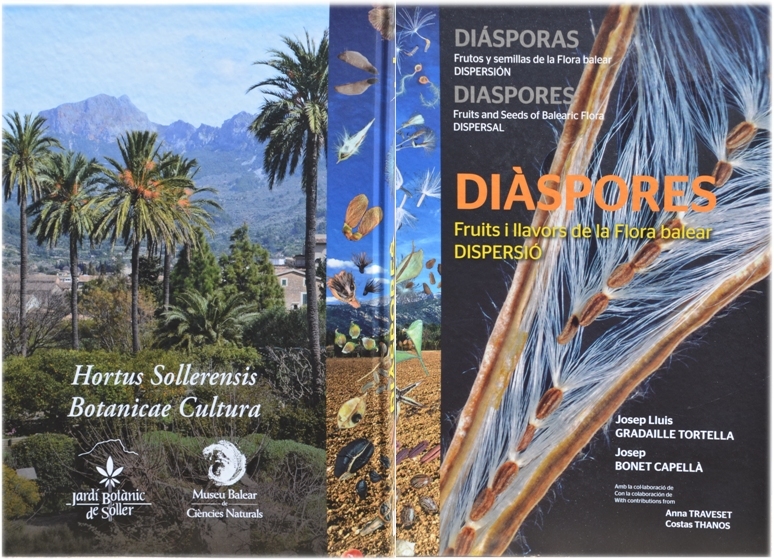
Figure 1. The front (right) and back (left) covers of the book.
It was in November 2018, during the 2nd Mediterranean Plant Conservation Week (La Valetta, Malta), when my long-time friend Pep Lluis Gradaille informed me about his plan to author a book on seeds and their dispersal for the Balearic Flora. Of course, the inception of the project was much earlier and the material now presented in this beautiful volume represents almost four decades of meticulous observations, measurements, experiences and photographs on the various aspects of seeds and their movements in the highly diverse Balearic plant life. I must confess that it has been a real pleasure and privilege for me to help in a modest way (mainly regarding the dispersal modes of several plants) as well as witness the development and the successful completion of this venture. Pep Lluis has been instrumental in the publication of this volume as he personally conceived the notion of the book, artistically designed its contents and wrote the entire text (apart from Prof. Traveset’s chapter). He even conceived and supervised the exquisite renderings for the different types of dispersal (drawn by Marcelo Pintos, in pp. 28 to 35, see Figs 2-4), as well as the life-cycle sketches (drawn by Francesca Bennàsser) and several pages with ethnobotanical information.

Figure 2. Artistic rendering of balochory (ballistic dispersion) in Euphorbia sp.
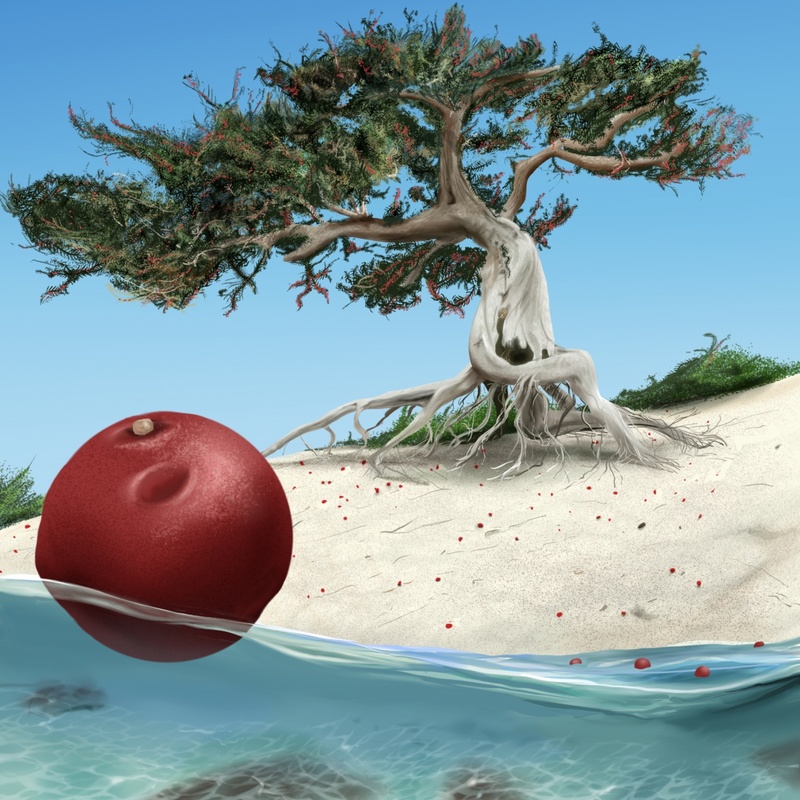
Figure 3. Artistic rendering of barochory and hydrochory (thalassochory) in Juniperus macrocarpa.

Figure 4. Artistic rendering of endozoochory in Taxus baccata.
The main focus of this book is Seed (and Fruit) Dispersal for the Flora of the Balearic Islands. Already known since prehistoric times, seed dispersal is scientifically discussed for the first time in the botanical works of Theophrastus, the founder of Plant Science. Plant diaspores are virtually the only mobile forms of the sedentary terrestrial plants and serve two functions of critical importance for their survival and evolution, namely gene spread and reproduction. There have been several works that describe and classify (some of them quite elaborate) the various modes of dispersal but a simple, beginner’s approach would suffice to include anemochory, hydrochory, zoochory, autochory and achory/barochory (i.e. dispersal driven by wind, water, animals, mechanisms inherent in the plants themselves and virtually no specialised mechanisms, respectively). The study of seed dispersal is a very important and lively topic of plant biology and ecology. Many books, dissertations and scientific articles have been written and we already understand a lot about this fascinating and extremely diverse subject. However, there is much more that we need to know, especially for the Mediterranean Region, both at a local and an overall level. Therefore, this book may serve as a nice contribution to our understanding of the dispersal spectrum of a typical, insular Mediterranean flora. Out of the 376 plants described, one third (33.8%) are anemochorous, one fourth (24.5%) are barochorous (i.e. achorous), 21.3% zoochorous (mostly by birds and ants), 11.2% hydrochorous and 7.7% autochorous (mostly ballistic). Is this dispersal spectrum similar with those in other areas around the Mediterranean? What about the overall dispersal spectrum of the entire Mediterranean and its similarities/differences with other biomes? These are questions we would love to address or hear about in the near future!
The Introduction of the book (similarly to the rest of it with the description of plants and their diaspores) is written in 3 languages (Catalan, Spanish and English) and includes (i) a preface about the objectives and the content of the book (4 pages), (ii) a short presentation of the plant world with a focus on morphology, classification and importance of fruits and seeds (9 pages), (iii) a short but very informative and well written essay entitled ‘The importance of seed dispersal on the functioning of plant communities and ecosystems’, authored by Prof. Anna Traveset (4 pages) and (iv) a final section on the various modes of seed dispersal (particularly for the Mediterranean Region) and their relevant terminology and etymology (6 pages). In total and for all 3 languages: 84 pages.
The main part of the book (covering about 430 pages, from p. 85 to p. 513) is devoted to the description of 376 different plants and their diaspores. 29 are allochthonous species (non native in the Balearics, most of them exotic but some are from other parts of the Mediterranean) but all of them are naturalised and commonly met in many places around the Mediterranean, thus widely considered as an integral part of our environment. 10 are seedless (ferns and allies) but their sori and spores are treated analogously to seeds as they basically serve the same function. The sample of these 376 taxa constitutes a quite fair representation (nearly 25%) of the Balearic Flora and spans about 100 families and 270 genera.
Each page of the book is devoted to a single taxon (two pages for some selected taxa). Each page is a trilingual information sheet (see Figs 5-7), providing a short description of the particular plant (including habitat, distribution and chorology) and a morphological account of its fruit and seed as well as its primary dispersal mode. It goes without saying that the limelight is stolen by the stunning seed photographs (usually in high magnification and superb detail).
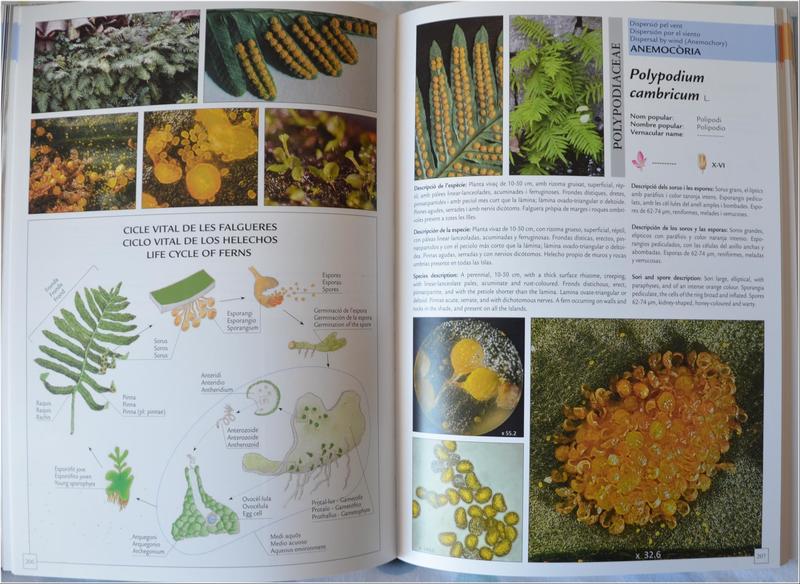
Figure 5. The life cycle of ferns (p. 206) and Polypodium cambricum (p. 207).
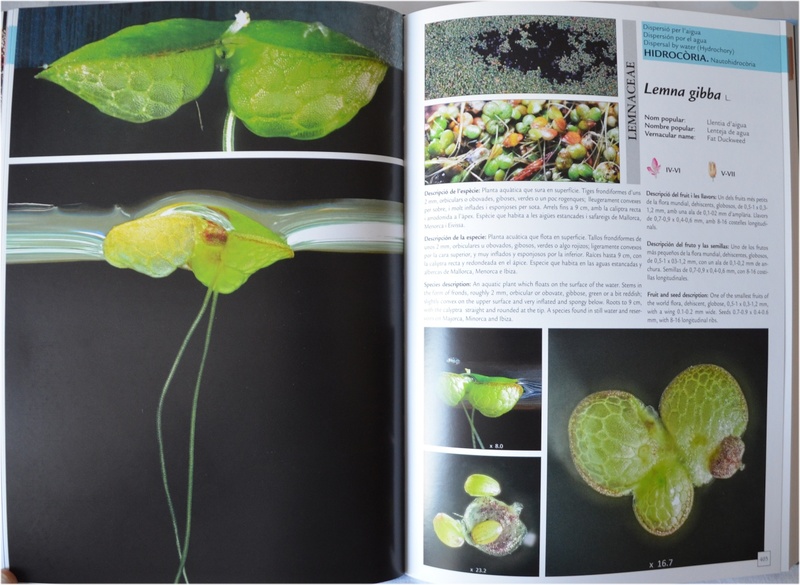
Figure 6. Flowers and fruits of Lemna gibba (pp. 404-405).
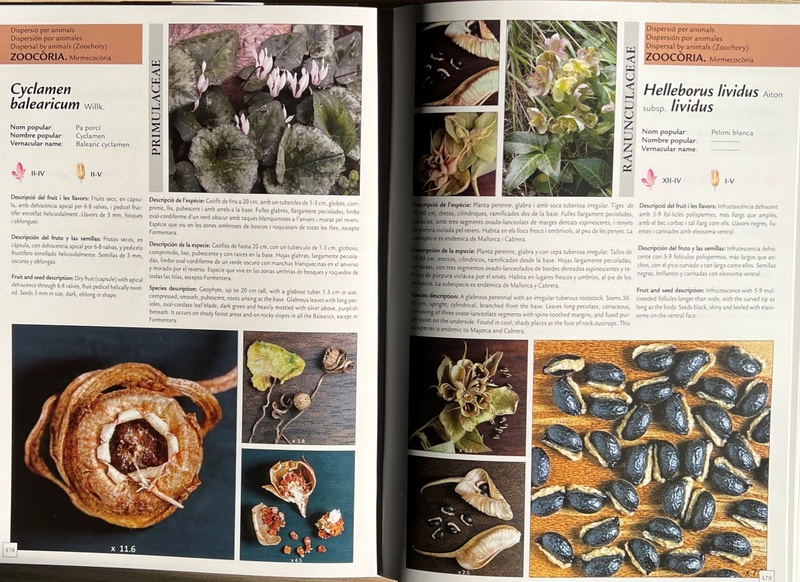
Figure 7. Two examples of zoochory (myrmecochory) in two Balearic endemics (pp. 478-479).
The last part of the book hosts 3 very useful Indices of scientific names for the plant species described, arranged alphabetically according to (a) the family they belong, (b) the scientific name of each taxon (including synonyms) and (c) the dispersal mode of their seeds (then family, then taxon name). At the very end of the book we find a general index (table of contents) and a short bibliography.
A few words about the authors. Josep Lluis GRADAILLE TORTELLA is a leading authority, very well known to the Mediterranean plant diversity and conservation community through the ENSCONET and GENMEDA networks and several other activities as well. He was born in 1946 in Palma de Mallorca and was since his early years attracted by the beauty of the plant world and realised the importance of conservation. Topographer by profession, he was invited (in 1980) to participate in the creation of the Museum of Natural Sciences of Soller (in the island of Mallorca); right from the beginning he proposed and insisted in the parallel creation of an accompanying garden dedicated to the conservation of the threatened flora of the Balearics. The initial project was designed in 1990, and as early as in 1992 the first part of the Botanical Garden of Soller (JBS) was inaugurated. In 2003, the garden construction was finished and a Botanic Institute along with a Centre of Investigation, Conservation and Experimentation on Plants were also created. Pep Lluis has been the first Director of JBS for almost thirty years (until his recent retirement) and, under his skilled guidance, the Botanic Garden of Soller has flourished and grown into an important national and international player in the plant conservation world. Josep BONET CAPELLA was also born in Palma de Mallorca in 1952. He is a self-made master of photography with a very long-standing interest in nature and plants. He has turned a professional photographer and he is very keen in constructing and adapting his cameras, in particular towards macro photography, specialising in capturing in detail the beauty of flowers, fruits and seeds. Basically, all the seed photos of the book are his. The majority of plant and habitat photos are from the archive of Pep Lluis Gradaille while some 60 photos were provided by 8 additional sources (for Credits and Acknowledgements see pp. 515 and 517).
The book comes in the form of a luxurious, A4-sized, coffee table volume which makes excellent armchair reading but both its printing quality and its weight (2.7 kg) obviously do not allow carrying it outdoors. I would suggest to the authors and publishers to consider the release of this book in the form of a paperback field guide, in a smaller format and with perhaps a flexible, practical cover, as a service to the field enthusiasts.
Finally, the authors and their collaborators have to be congratulated on compiling and publishing this excellent volume. It is a real treasure of knowledge and an aesthetic delight; as the authors suggest, this work might lead to an extensive treatise of the Diaspores of the Iberian Peninsula. I would add that this book serves as a brilliant example of what can be implemented with other regional Mediterranean floras; and this could eventually lead to an integrated discourse (and why not a GENMEDA target) of seed dispersal and plant diaspores for the entire Mediterranean area.
The Foundation of the Botanic Garden of Soller and Balearic Museum of Natural Sciences (Fundació Jardí Botànic de Sóller - Museu Balear de Ciències Naturals) is the publisher of this book and the only sales point: you can contact them and place your order by phone (+34-971634014) or by email (mvicens@jardibotanicdesoller.org); the price is 65€ (plus shipping), very reasonable indeed for such a high quality book.
In conclusion, this book is an absolute must-have for everyone interested in fruits and seeds and to all lovers of our marvellous Mediterranean plant world, as well.
Costas A. Thanos, Prof. Emer., NKUA Seed Bank (June 2022)
All news